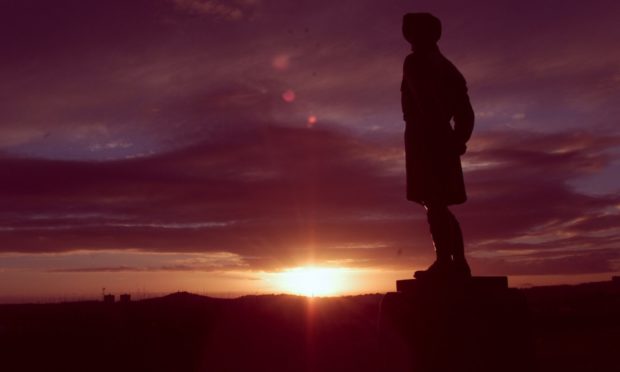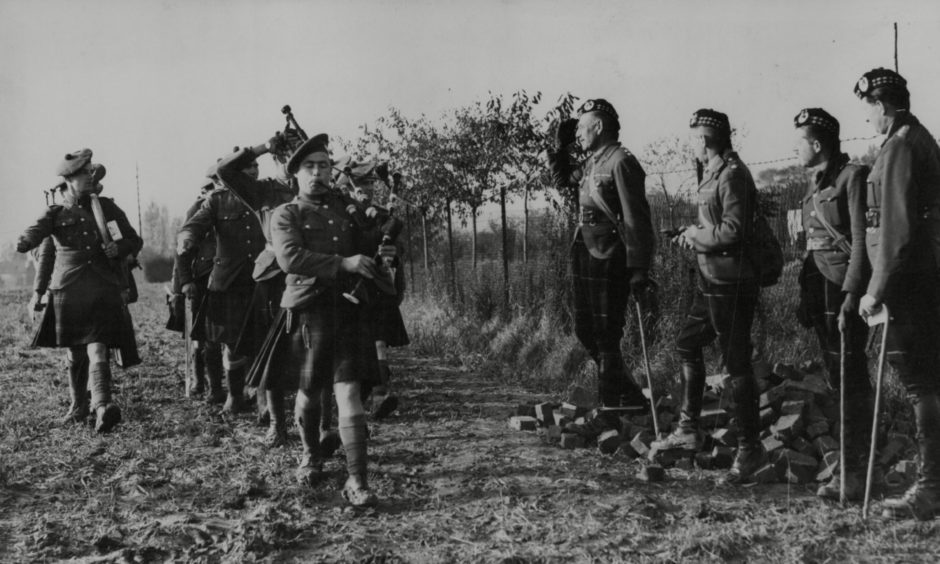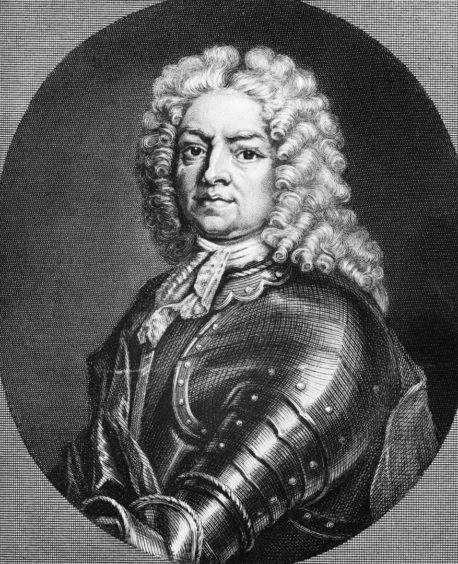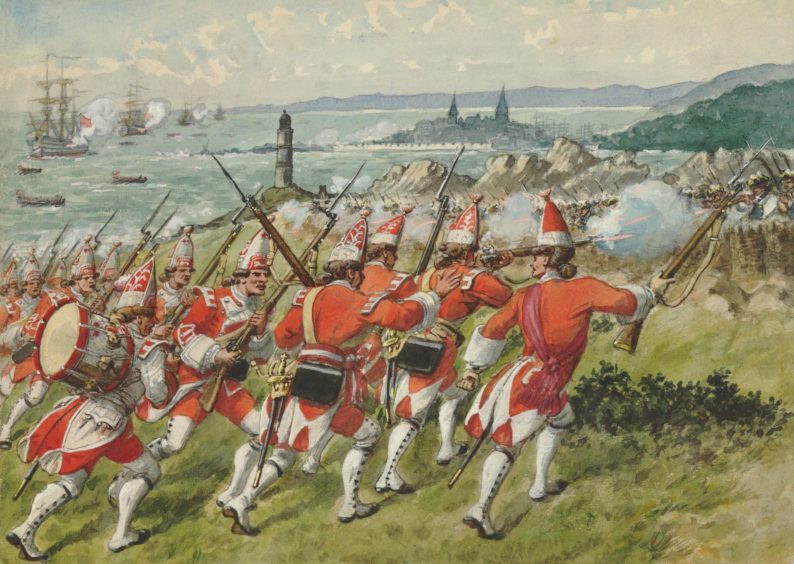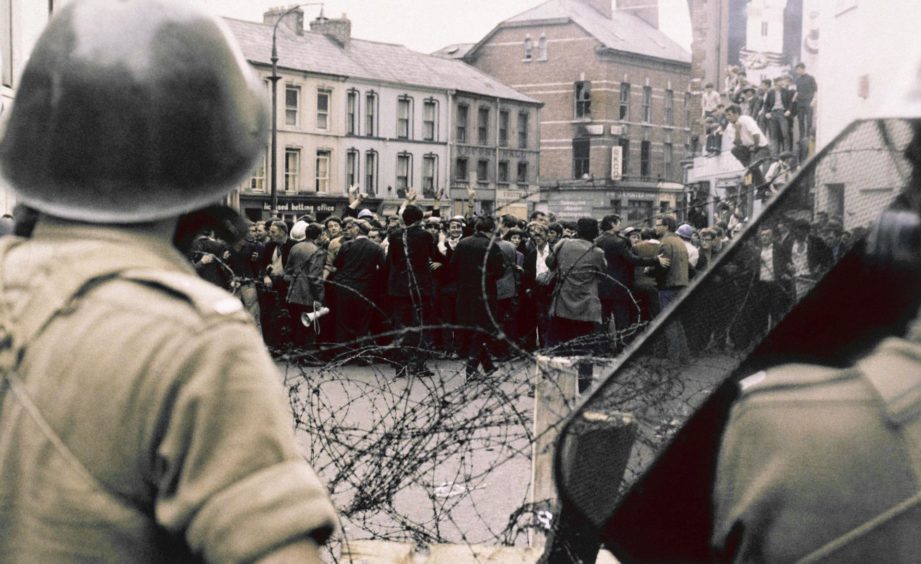If the old adage is true and history is written by the winners, the same can hardly be said for the regiments whose names are ingrained in the Scottish consciousness: the Black Watch, the Gordon Highlanders, the Royal Scots and the Argyll and Sutherland Highlanders.
In many cases, the success, valour and imprimatur of these proud organisations has not prevented them from vanishing into near oblivion.
That explains why, even as concerns grow about the future of the Black Watch, the fate of the Gordons should offer a warning from the past.
Myriad conflicts
After all, when they were involved in myriad conflicts, across different countries and continents and played a pivotal role in both world wars in the 20th century, nobody could reasonably have envisaged that the Gordons would lose their own separate identity and be absorbed into a bigger organisation….but that is exactly what happened.
The regiment, which was founded in July 1881, serving areas such as Aberdeenshire and Banffshire, established an almost instant reputation for heroism and sacrifice, which was recognised in the award of Victoria Crosses to such redoubtable figures as Piper George Findlater, during the storming of the Dargai Heights on the North West Frontier in 1897.
The Turriff man, despite being wounded in both legs, continued to play the bagpipes during the assault.
And he was joined by Piper John Kidd when, halfway up the heights, both of them were shot down.
Undeterred, the latter sat up and played “The Cock o’ the North” with a refusal to be daunted by the predicament up in which he found himself.
These heroics were replicated everywhere from the trenches in France to the jungles in the Far East and, even after the Second World War, the Gordons were involved in active service in Malaya, Cyprus and Northern Ireland from the 1950s to the 1970s.
Outcry
But, although there was an outcry when the decision was taken to amalgamate the regiment with the Queens’ Own Highlanders (Seaforth and Camerons) to form the Highlanders (Seaforth, Gordons and Camerons) in September 1994, the move went ahead as planned.
The Black Watch: Cuts to Scottish battalions would be ‘double betrayal’
And that has been a pattern throughout military history in Scotland and further afield.
Few people these days are probably even aware of the 78th Fraser Highlanders, an infantry regiment which was raised in 1757 to fight in the Seven Years War.
They were created by Simon Fraser of Lovat, a Jacobite clan chief, who went on to serve with distinction as part of the British Army.
However, while they embarked for Halifax in Nova Scotia, and took part in the Siege of Louisburg, the Battle of the Plains of Abraham and the Montreal Campaign between 1758 and 1760, they were subsequently disbanded just three years later in Quebec.
Sentiment didn’t enter the equation, nor heavy casualties.
During the Seven Years War, the regiment suffered 103 deaths and 383 men wounded.
Nowadays, they are just a tiny footnote, remembered, if they are remembered at all, by just a small group of army historians.
There was a similar transient quality to the 87th Regiment of Foot (Keith’s Highlanders) who were raised in Perth in 1759 by Robert Murray Keith, and immediately despatched to Germany where their number fought at the Battle of Warburg the following year.
Disbanded
Once again, their efficiency and gallantry in that conflict and in Holland where they were re-deployed counted for precious little. Once they had finished their job, they were disbanded in 1763.
Another short-lived force was the 99th Lanarkshire Regiment.
This was raised in 1824 to help garrison the island of Mauritius, but though it still had pipers as late as the mid-1850s, its Scottish character was gradually diluted.
Indeed, it was eventually designated the 2nd Battalion of the Wiltshire Regiment in 1881.
But the 99th did leave behind two distinct legacies. The phrase “Dressed to the Nines” is said to be a tribute to the regiment’s smart turnout on parade in the 1850s.
And one of the first Pekinese dogs ever witnessed in Britain was brought back from the regiment’s campaigning in China in 1860. Lootie was said to have belonged to the Empress of China and was presented to Queen Victoria.
Proudest units
On a grander scale, the Argyll and Sutherland Highlanders were one of the proudest units in Scottish life and their troops took part in some of the most important campaigns in British history.
They were expanded to 15 battalions during the First World War and nine in the second global conflagration, but in 1970, because they were regarded as the junior regiment of the Scottish Division, faced disbandment as part of a general downsizing of the army.
This sparked widespread fury and public protests on a large scale. A vociferous “Save the Argylls” campaign, involving the petitioning of parliament resulted in a compromise under which a single regular company retained the title and colours of the regiment and it was restored to full battalion size in 1972, with their troops regularly serving in Northern Ireland at the height of the Troubles.
Amalgamated
However, despite later being in the thick of some of the fiercest fighting of the Iraq War, the Argyll and Sutherland Highlanders were amalgamated with the other Scottish infantry regiments into the single, all-encompassing Royal Regiment of Scotland.
These developments highlight the often volatile relationship which exists between the Government and the Armed Forces.
The news that the Black Watch’s future is in jeopardy has prompted a swift call to arms from many Scottish politicians, including West Aberdeenshire and Kincardine MP, Andrew Bowie.
He has argued: “The Black Watch has a special place in the nation’s psyche.
“It saw action in campaigns from the American War of Independence to Waterloo, the Boer War and, of course, the First and Second World Wars and Korea.
“Famously, it was the last British garrison unit in Hong Kong and performed a key role in the hand-over ceremonies in 1997.”
Momentum has been generated to preserve the regiment from the same fate which befell the Gordon Highlanders and the Argylls.
But, as history has demonstrated, that is no guarantee of future survival.
Black Watch: Famous battalion has survived some of the fiercest battles in history
